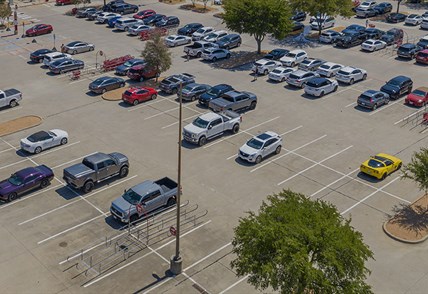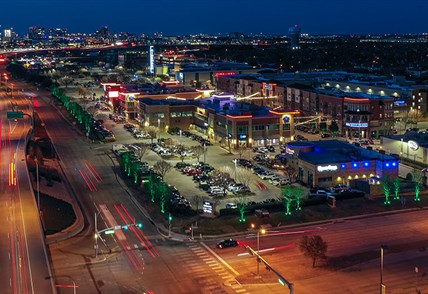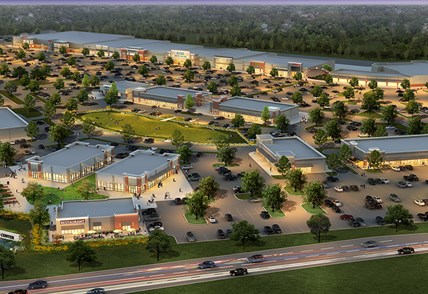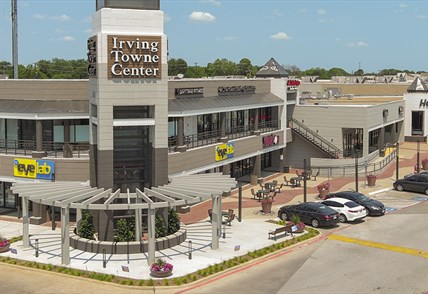By Ian Pierce, senior vice president of communications
Running and real estate don’t seem to share much in common besides the letter ‘R’, but as they say, real estate is all about location.
While the comparison might seem a bit of a stretch, I began my career in real estate communications around the same time I ran my first marathon. So it’s hard not to see one through the filter of the other.
Since that first, I’ve finished marathons and half marathons from coast to coast. And much like a drive route with a real estate prospect, the courses are typically designed to showcase a location. When looking back on completed 26.2- or 13.1-mile courses, my memories don’t recall muscle pain or sore knees--they recall the neighborhoods.
Running can offer offer insights into communities, into their retail and residential and cultural districts, and reveal the power of place that you can find in almost every city and town if you just look. There are multiple ways to see a community, but to me, running offers insights with a sense of discovery that few other options do.
Of course, you don’t need be registered for a marathon to run through a neighborhood. But with an organized event, you not only have route support such as protected lanes or water stops, you also have residents who welcome you with cheers and signs.
Here’s some of the real estate insights running has offered:
• The ways that local retail knits into and defines neighborhoods: In Fort Worth, for example, the marathon winds its way through the downtown and the Northside, meandering from the Cultural District to the Stockyards to the Near Southside and more. You see firsthand the way local retail districts like old North Main and Magnolia (where the staff of Magnolia Salon have been known to offer Tootsie Rolls and tequila shots to the runners!) offer shops and dining spots that fill turn-of-the-century buildings and create focal points that both serve and define their neighborhoods.
• The importance of civic investment: The Trinity Levee Half Marathon starts at the base of the Margaret Hunt Hill Bridge, the Calatrava-designed structure that has become a symbol of Dallas. The famously arched bridge replaced an older one that sped traffic from one side of the Trinity to the other. The new bridge makes people want to slow down for the experience. Friends and families gather on the bridge, closed to traffic for the race, and snap photos in the midst of the surrounding new and old retail, restaurants and residences. This is the power of civic investment as it translates into civic experience.
• Community pride: Some of the best experiences along a course come from people sharing their pride in their community. In Oak Cliff, one resident stood along the course as it entered the Stevens Park-Kessler Park neighborhoods with a homemade sign that read: “Welcome to the Other Park Cities.” In New York, an elderly woman stood on the sidewalk and repeated, “Welcome to Spanish Harlem”, again and again as she waved to the thousands of marathoners who passed by. And in Kauai, residents stood in their front yards and greeted runners with fresh-cut pineapple. None of these people were paid; they cheered and welcomed runners for the sheer joy of sharing their neighborhoods. That tells you a lot about a community.
• Experiencing the place you live through a visitor’s eyes: Marathons require early starts, and there’s nothing quite like standing with a crowd in front of Dallas City Hall, in sight of the brilliantly lit Reunion Tower and Omni hotel, and seeing first-time visitors watching in awe as the rising sun illuminates the skyline.




